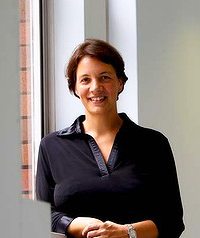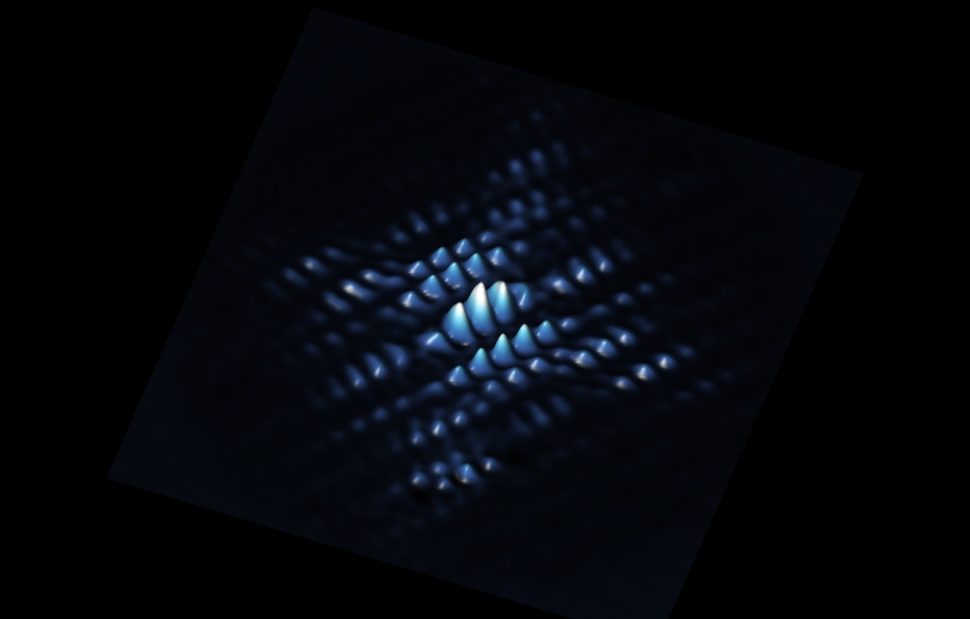Australian researchers just achieved a significant milestone in quantum computing: making quantum bits communicate with each other.
The team of researchers was led by none other than Michelle Simmons, a University of NSW professor and recipient of the prestigious Australian of the Year award. In a paper published in the journal Nature Communications, Simmons and her team demonstrated how they made two single-atom quantum bits communicate with each other.
Unlike the regular bit that can only be 1 or 0, a quantum bit or qubit can contain a combination of 2 or more bits. It is said that when in a superposition state, qubits can be used to make quantum computers work on millions of computations simultaneously.
@CQC2T director and @UNSW professor Michelle Simmons together with her team just made two single-atom quantum bits communicate. Another breakthrough in #QuantumComputing @UNSWScienceClick To TweetThis means that qubits are a thousand times more efficient than bits which are used in traditional computers today. Just imagine having a single quantum computer that would take minutes to solve computations that traditional computers would need thousands of years to solve.
However, the path towards quantum supremacy is plagued by challenges that scientists have to overcome. Now, thanks to Simmons and her team, another significant milestone for quantum computing has been hit.
Read More: Meet the Bristlecone Chip, Google’s 72-Qubit Quantum Processor
Making Quantum Bits Talk

In their experiments, the Australian researchers demonstrated that the single-atom quantum bits required to build UNSW’s quantum computer could communicate with one another.
For years, researchers have theorized that qubits have the capability to communicate with each other. However, it has not been proven until now.
To achieve this quantum breakthrough, Simmons’ team created the “atom qubits by precisely positioning and encapsulating each phosphorus atoms within a silicon chip.” It is reported that the information is then stored on the quantum spin of a single phosphorus electron.
According to Simmons, quantum entanglement played a significant role in the development of their qubits. Technically, entanglement is what allows quantum bits to communicate. This process also enables the qubits to affect each other’s state and transfer information at a highly efficient rate.
While this is not the first time that qubits have been entangled, previous attempts have never really been demonstrated in silicon with single atoms. A feat that the Australian scientists have achieved.
Simmons and her team’s research only proves that the Silicon qubits they have developed were correlating with each other and is considered a promising sign of quantum entanglement.
“In the silicon field, nobody has yet demonstrated that in those single atom systems,” Simmons told the Guardian Australia. “The single atom systems are the ones showing the longest coherence times and very high accuracies.
“Other qubits are physically bigger, and you can scale them to be bigger, but they are limited by their coherence. You get coherence times becoming really long the smaller you can make them – and single atoms are the smallest you can go.”
Simmons also added that Silicon quantum bits are the best long-term option for quantum computing.
Last November, researchers from China set the quantum entanglement record with ten qubits on a superconducting circuit. On Monday, tech giant Google introduced their Bristlecone chip, a 72-qubit quantum processor, setting the record for highest number of qubits, but not entangled.
Both achievements only represent the growing interest of scientists and companies alike to develop the most powerful supercomputer.
As per Simmon, the industry is currently striving to achieve 70 entangled qubits. For their team, she is hoping to have one entangled qubit by the end of 2018 and ten entangled within the next five years.
“Our original theory was predicting we need to get our atoms 20 nanometres apart before they talk to each other. It’s actually 16. In the quantum world, that’s massive,” Simmon went on to say.
“There’s nothing to prohibit us getting them closer. The great thing is that the devices are small enough that we can make predictive models for the theory. Every time we get results we benchmark that with a theory and that helps us understand the system so much better. We’re using what we’re building to help us build it. It’s kind of funny for me.”



















Comments (0)
Most Recent